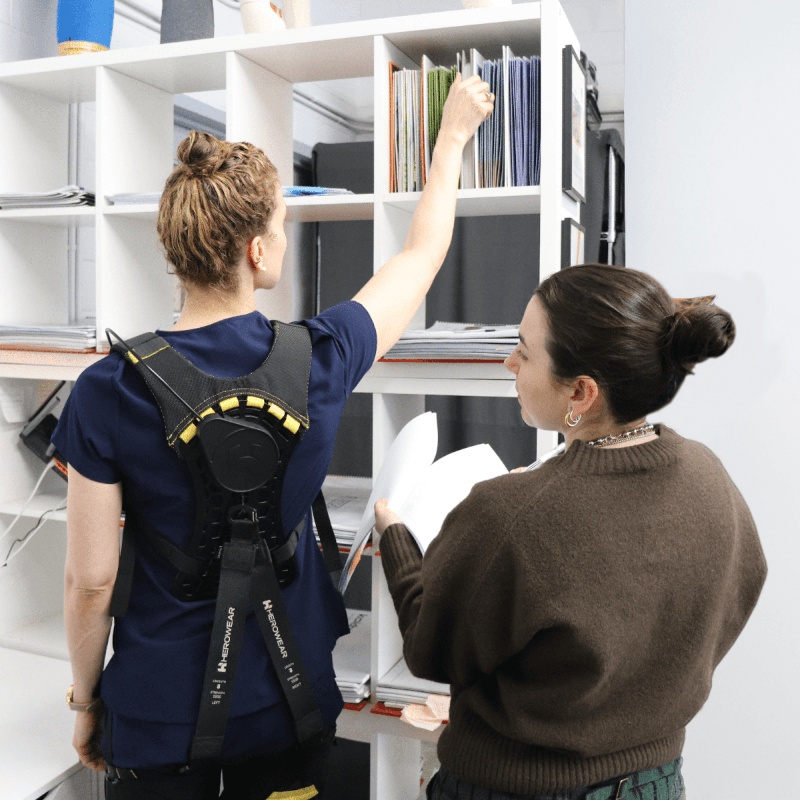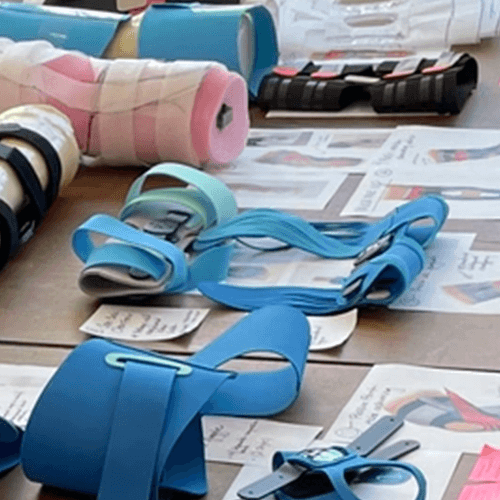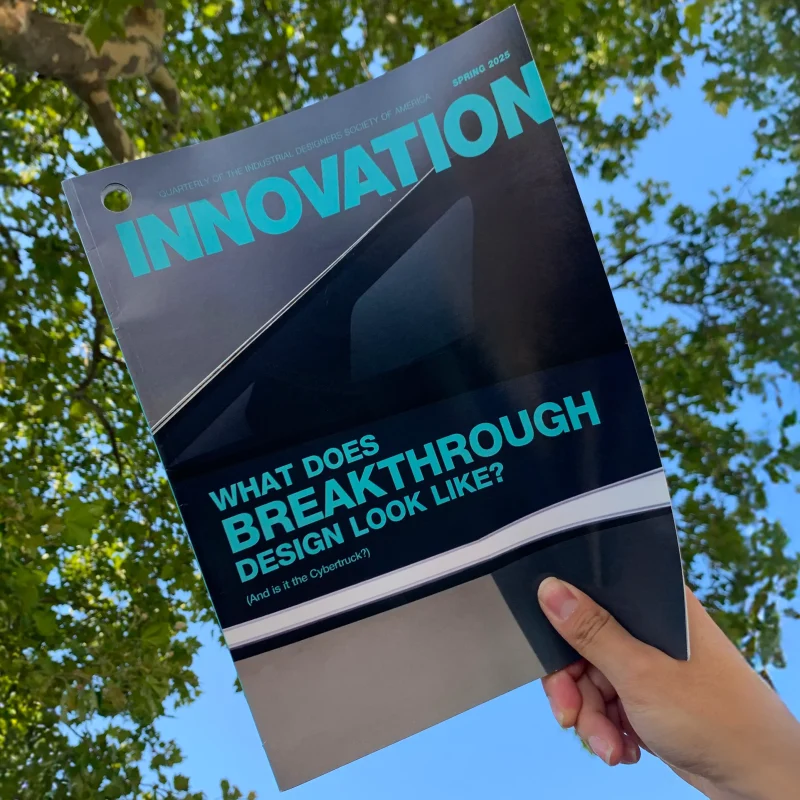
Hedy Lamarr and Wi-Fi
In our Design Object Series we highlight iconic objects designed by women. Thousands of objects that you use and appreciate everyday…surprise! Women designed them! Many of the contributions of women to design have been obscured if not erased throughout history. We want to do our part to counteract this effect by celebrating the women behind a range of objects that you’re sure to recognize. In this issue we salute Hedy Lamarr, a Hollywood star who possessed a brilliant mind that defied societal expectations. She developed the spread-spectrum radio technology that would later make wireless systems possible.
At the height of her Hollywood career, Hedy Lamarr was celebrated as “the most beautiful woman in the world.” However, her true legacy extends far beyond her looks. In the 1940s, amidst the chaos of World War II, Lamarr quietly invented a groundbreaking technology that would lay the foundation for numerous wireless innovations we rely on today, including Bluetooth, GPS, and cellphone networks.

An Inventor is Born
Lamarr, born Hedwig Kiesler in Austria, harbored a lifelong fascination with science. When the war approached she fled Austria as well as her marriage to a wealthy arms dealer. She arranged to be on the same ship as Louis Mayer of Metro-Goldwin-Mayer (MGM), and convinced him to offer her a contract. She rose to stardom quickly but the war effort was never far from her mind.
Though widely admired, the Hollywood lifestyle failed to satisfy Lamarr’s intellectual curiosity. Once her responsibilities on set were complete, she engaged in intellectual pursuits and enjoyed gatherings with like-minded friends. Lamarr possessed a visionary mindset, constantly exploring ways to fix and enhance various aspects of the world. She installed a drafting table in her home, dedicating her spare time to inventing.

Doing Her Part
At a Hollywood dinner party she met composer George Antheil, who was then working on an unconventional symphony featuring synchronized player pianos. Lamarr wondered, if one could get these pianos to continuously synchronize in unpredictable patterns, why couldn’t the same be done for radio signals? During World War II, Lamarr’s concerns about the safety of Allied forces deepened. The attacks by German submarines on passenger cruise liners compelled her to channel her inventive energy toward devising a solution. She focused her attention on the shortcomings of torpedoes, powerful weapons that often lacked accuracy as their guidance systems could be jammed.
Lamarr recognized that for a torpedo’s guidance to be effective, the radio signal guiding it had to be immune to enemy interference. Inspired by Antheil’s synchronized pianos, Lamarr developed the concept of “frequency hopping.” She envisioned a system in which the radio signal would rapidly and randomly hop across various frequencies, making it difficult for adversaries to jam or intercept. Together, Lamarr and Antheil submitted their proposal for a “Secret Communication System” to the National Inventors Council. In 1942, they were awarded a patent for their invention. Though the idea was deemed viable, the U.S. Navy ultimately dismissed the potential of the technology and it was dormant for several years in their archives.
Belated Acknowledgement of Achievement
It wasn’t until after the war that Lamarr’s technology resurfaced. The Navy recognized the need to safeguard their sonobuoy systems, which used sonar to detect submarines and transmit the information to airplanes. To prevent enemy forces from jamming the communication between the buoys and the planes, they needed an effective countermeasure. Lamarr’s frequency-hopping technology proved to be the missing piece of the puzzle. The Navy integrated her invention into the sonobuoys, effectively creating a jam-proof communication system. From there, the significance of Lamarr’s contribution began to gain traction, and offshoots of her technology found a wide range of military and civilian applications.
Today, the impact of Lamarr’s invention is evident in the ubiquitous presence of wireless communication technologies. Her visionary frequency-hopping concept facilitated the development of modern wireless networks. Yet, for many years, Lamarr’s tremendous contributions were overshadowed and undervalued. It wasn’t until the 1990s, when Lamarr was in her early 80s, that her critical invention gained the recognition it deserved. A pioneer in wireless communications for computers stumbled upon Lamarr’s patent and was astounded by its significance. He initiated efforts to acknowledge her achievement. When informed of the award, her response was, “Well, it’s about time.”
Sign up for our newsletter and follow us on Instagram and LinkedIn for design news, multi-media recommendations, and to learn more about product design and development!








